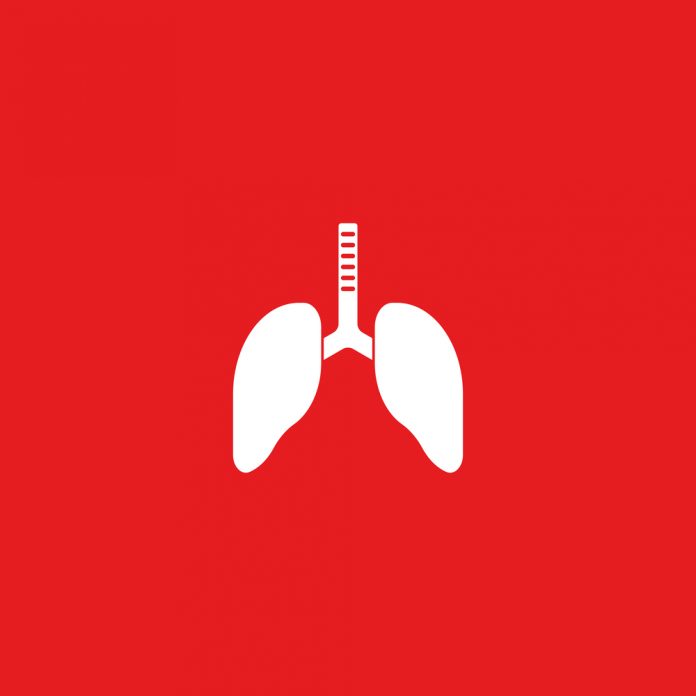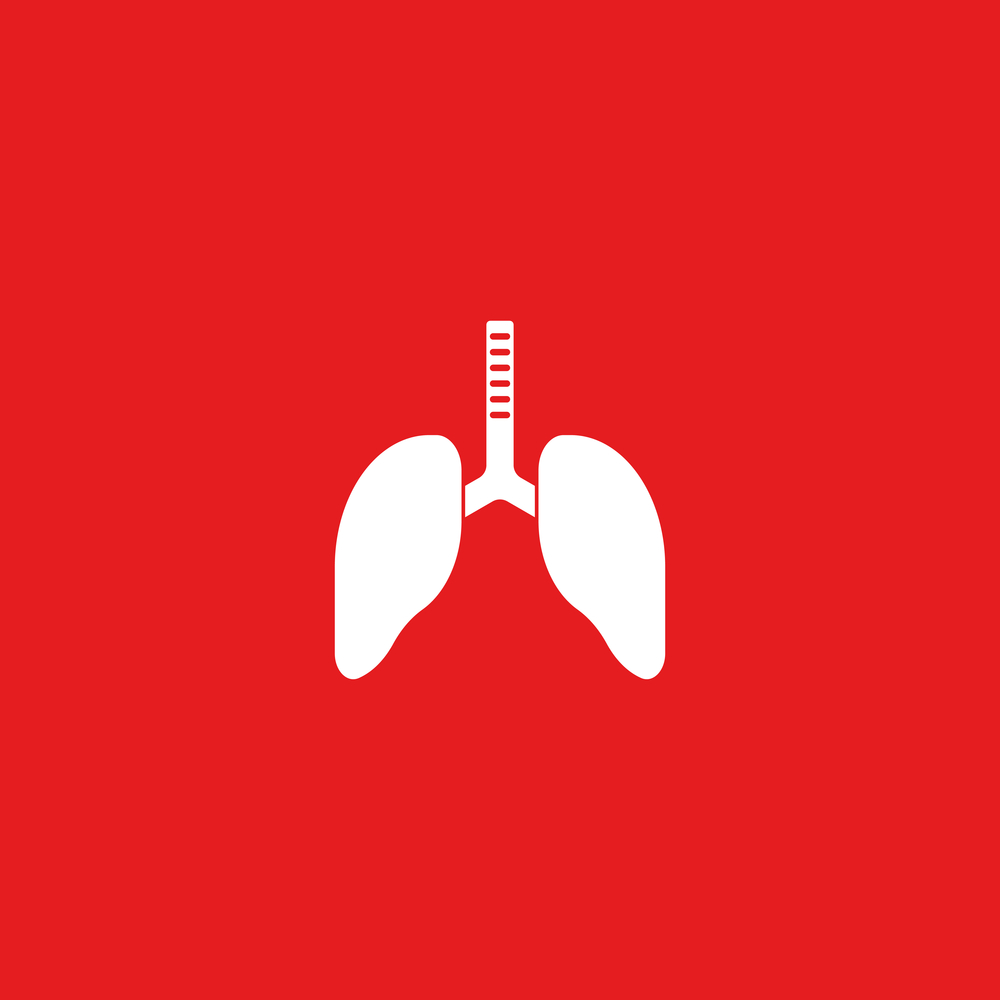By
Dr. E. G. Okafor-Mbah
Dr. E. G. Okafor-Mbah
First
Dominican Hospital, Surulere – Lagos
Dominican Hospital, Surulere – Lagos
Tuberculosis (TB) is a disease that
has plagued humans since antiquity. It is an infectious (communicable) disease
caused by a bacterium called Mycobacterium Tuberculosis or Tubercle Bacilli.
has plagued humans since antiquity. It is an infectious (communicable) disease
caused by a bacterium called Mycobacterium Tuberculosis or Tubercle Bacilli.
TB affects one third of the
world’s population and is the world’s most common cause of death from
infectious diseases, only second to HIV/AIDS.
world’s population and is the world’s most common cause of death from
infectious diseases, only second to HIV/AIDS.
Over 95% of TB cases are in developing
countries. Seventy-five per cent (75%) or more of these are in the employable
and productive age group of 15-50 years.
countries. Seventy-five per cent (75%) or more of these are in the employable
and productive age group of 15-50 years.
TB is a serious but remarkably
treatable infectious disease. It can infect virtually every organ in the body.
However, it affects the lungs 80% of the time.
treatable infectious disease. It can infect virtually every organ in the body.
However, it affects the lungs 80% of the time.
Tb is not a poison, neither is it sent
by witches and wizards as erroneously believed in many of our native
communities. It is spread from person to person through the air. When a TB infected person coughs, sneezes, speaks, or laughs etc,
tiny infectious droplets are generated and expelled into the air. The droplets can remain suspended in the
air for many hours.
by witches and wizards as erroneously believed in many of our native
communities. It is spread from person to person through the air. When a TB infected person coughs, sneezes, speaks, or laughs etc,
tiny infectious droplets are generated and expelled into the air. The droplets can remain suspended in the
air for many hours.
If another person inhales air
containing these tiny droplets, transmission may occur. TB is not sexually
transmitted but may be transmitted through deep mouth kissing.
containing these tiny droplets, transmission may occur. TB is not sexually
transmitted but may be transmitted through deep mouth kissing.
Those at the greatest risk of
developing TB are: –
developing TB are: –
(1)
Those
in close contact with TB infected people. These infected people maybe family
members, co-workers, roommates, friends, domestic staff (house helps and
drivers) etc.
Those
in close contact with TB infected people. These infected people maybe family
members, co-workers, roommates, friends, domestic staff (house helps and
drivers) etc.
(2)
Underprivileged people living in overcrowded and poorly
ventilated homes.
Underprivileged people living in overcrowded and poorly
ventilated homes.
(3)
Malnourished
people.
Malnourished
people.
(4)
People
with HIV/AIDS, diabetes, cancer, and other immune suppressing diseases.
People
with HIV/AIDS, diabetes, cancer, and other immune suppressing diseases.
(5)
People
in prisons and other overcrowded institutions.
People
in prisons and other overcrowded institutions.
TB has many symptoms in common with
many other diseases. Its most common symptoms are:
many other diseases. Its most common symptoms are:
·
Cough
lasting many weeks
Cough
lasting many weeks
·
Cough
that produces copious sputum (may be blood stained)
Cough
that produces copious sputum (may be blood stained)
·
Weight
loss
Weight
loss
·
Fever
with night sweating
Fever
with night sweating
·
Difficulty
breathing
Difficulty
breathing
TB is very responsive to treatment.
Most infected people become un-infectious within two weeks of starting anti TB
therapy. The duration of treatment is between 6-9 months.
Most infected people become un-infectious within two weeks of starting anti TB
therapy. The duration of treatment is between 6-9 months.
To prevent and control TB we have to
start with our families, include our work places and then the community at
large.
start with our families, include our work places and then the community at
large.
In our families, we must ensure that
our children receive BCG vaccination at birth and up to age one; that our homes
are not overcrowded and are well ventilated, that our domestic staff are
screened and certified free before they join our household.
our children receive BCG vaccination at birth and up to age one; that our homes
are not overcrowded and are well ventilated, that our domestic staff are
screened and certified free before they join our household.
At our work places, the same principle
obtains – spacious, not crowded and well ventilated offices staffed by properly
screened and certified workers.
obtains – spacious, not crowded and well ventilated offices staffed by properly
screened and certified workers.
In the community, federal, state and
local health departments have the primary responsibility for preventing and
controlling TB. However, Health Care Providers, Managed Care providers, Medical
Associations and Corporate bodies share this responsibility.
local health departments have the primary responsibility for preventing and
controlling TB. However, Health Care Providers, Managed Care providers, Medical
Associations and Corporate bodies share this responsibility.
The strategy is: –
1. Mass education
of the public
of the public
2. Wide coverage
of vaccinations against TB and other communicable diseases.
of vaccinations against TB and other communicable diseases.
3. Identifying
and treating persons with TB.
and treating persons with TB.
4. Identifying,
screening and treating all infected contacts of persons with TB.
screening and treating all infected contacts of persons with TB.
5. Eliminating
poverty, poor nutrition/malnutrition, overcrowded and poorly ventilated homes,
etc.
poverty, poor nutrition/malnutrition, overcrowded and poorly ventilated homes,
etc.
In summary, TB is a highly infectious,
very treatable and preventable disease. It is transmitted from person to person through tiny droplets expelled
into the air by infected individuals.
very treatable and preventable disease. It is transmitted from person to person through tiny droplets expelled
into the air by infected individuals.
Together, we can prevent and control
TB by making sure that our children are vaccinated against TB and other
communicable diseases, avoiding contact with TB infected people, while ensuring
that they are properly treated for TB. We should also join the effort to
eliminate poverty, malnutrition, poor and overcrowded living conditions.
TB by making sure that our children are vaccinated against TB and other
communicable diseases, avoiding contact with TB infected people, while ensuring
that they are properly treated for TB. We should also join the effort to
eliminate poverty, malnutrition, poor and overcrowded living conditions.



























